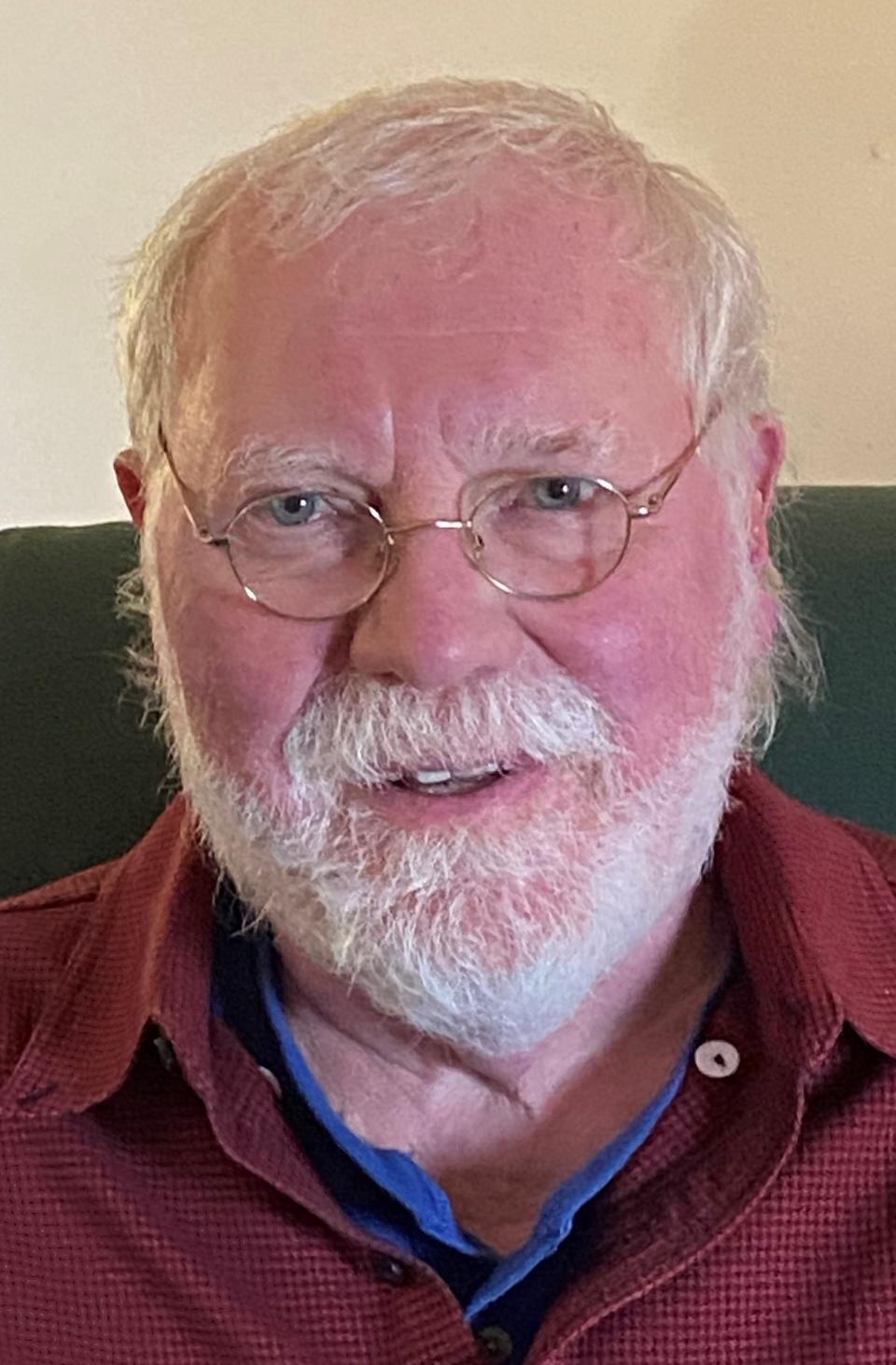Opinion: Haunted by images of July 3 Israeli attack on Palestinian Jenin refugee camp
Where were you on July 3 when Israel raided the Jenin refugee camp? I know where I was ― on the West Bank in Bethlehem, 60 miles south of Jenin, which is at the northern tip of the West Bank. For those of you who are unfamiliar with the area, the West Bank is a Palestinian Arab section walled off by the Israeli government. When I say walled off, I mean there is a wall several stories high built by Israel with the intent of keeping the Palestinians on the other side. It is a harsh looking, intimidating wall with barbed wire and entry points staffed by armed Israeli military personnel.
On the Palestinian side of the wall, there is painted artistic graffiti asking for peace and reconciliation. Israel has nuclear capacity and an extremely well equipped army. This is an army that defeated a half dozen neighboring Arab countries in six days in 1967. At that time Israel took the Golan Heights from Syria, the West Bank from Jordan, and the Gaza Strip and the Sinai from Egypt. The Palestinians do not have a standing army, navy or air force. The Palestinians have no heavy weaponry. It is unclear why Israel finds it necessary to invade a refugee camp. It is true that the Jenin refugee camp is known for its militancy but militancy in the face of occupation is not uncommon. The Hebrew people had a similar reaction to the Roman occupation some 2,000 years ago.
We were in a restaurant in Bethlehem when the news of the invasion broke. A Palestinian news network provided the coverage on TV. They did not shy away from showing the carnage. I will be haunted for a long time by a picture of a woman lying face down between two parked cars. I assume she was dead. So why must we ponder a conflict between people that results in death?
This probably can be traced back to the Zionist movement that began in Europe. Jewish people in Europe had suffered centuries of persecution at the hands of non-Jewish Europeans. The antisemitism attitudes and practices of Europe naturally migrated to this hemisphere. There was no safe haven for the Jewish people and so the Zionists began to look for a homeland and considered the area where the Hebrew people had once flourished to be a desired site. The problem is that the land they sought was already occupied by the Arab people who were Muslim, Jew and Christian. Today, that problem persists.
Hitler’s persecution of the Jews made the desire for a homeland that much stronger at the conclusion of World War II. The fact that neither Europe nor the United States wished to accommodate those Jews surviving the Nazi concentration camps, made the need to find a homeland even more desirable. So European Jews took it upon themselves to displace a people and claim a region, largely out of self-preservation. Let’s be clear, Judaism defines a religion and a culture. It does not define national boundaries.
We need to abandon the idea that the Israeli-Palestinian conflict is a Muslim-Jewish conflict, for it is not. It is not a Jewish-Arab conflict as many indigenous people who embrace Judaism as a religion and/or culture, will also embrace their Arabic ancestry. These perceptions cloud what is really taking place ― an indigenous population is resistant to being controlled by people who are not indigenous to the area. The situation is not too different from what the Native Americans faced when Europeans decided to settle the Western Hemisphere.
More: Opinion: The Electoral College puts democratic principles at risk in states like NC
More: Opinion: NC's elected officials need to preserve the beauty of WNC and stop the 'insanity'
With the exception of a few indigenous people who accepted occupation by an invading population in 1948, the indigenous people of Palestine do not have citizenship. They have no voter rights. While the Jewish settlements on the West Bank, populated by Jews from other countries, primarily the United States, have a voice in the affairs of the Israeli government, the surrounding indigenous Palestinian population does not. The indigenous Palestinians are an occupied population. When an indigenous population is occupied by a non-indigenous population, resistance and radicalization becomes a natural occurrence. That same condition existed in the pre-Constitution days of the United States, which resulted in our founding fathers declaring independence from British rule. That intent was made clear in the Declaration of Independence.
The present day conflict between the Israeli government and the Palestinian people is not a religious conflict nor is it a conflict in culture. It is a conflict that arises from the occupation of an indigenous population by an non-indigenous population. The Hebrew people resisted Rome and the Palestinians are resisting a government of non-indigenous people. It is that simple.

Lee Sease lives in Burnsville.
This article originally appeared on Asheville Citizen Times: Israeli raid on Jenin refugee camp is continued aggression on Arabs

